Oil changes are a vital part of maintaining a vehicle. With their variable valve timing, these newer cars are especially vulnerable to dirty oil. Missing an oil change means that engine sludge can clog tiny ports in the overhead cams, causing the engine to skip timing.
On the cheap side, this can lead to thousands of dollars in damage with a head overhaul. If the engine sludge builds up too much, it can require an entire engine replacement. To prevent engine failure, you should prioritize changing your engine oil.
I learned this the hard way when I bought a 2007 Cadillac SRX. I came from a poor family, and it was the nicest car I had ever bought. It was using a little too much oil, so I kept it topped off with some SAE 30 oil I had on the shelf.
Not only was it the wrong oil, but I missed an oil change. The car skipped a timing sequence, ruining the engine head. $4,000 in repairs later, I was able to get the car running well enough to trade it in.
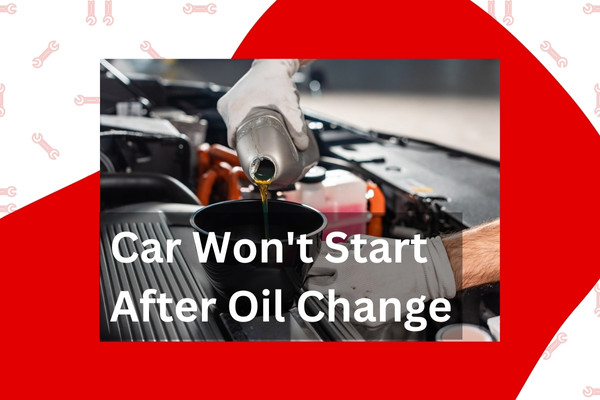
So timely oil changes are extremely important for maintaining your engine’s performance. At the same time, I’ve heard some crazy horror stories about cars that don’t start or have massive engine damage after an oil change.
Here are some reasons why your car might not start after an oil change. I will also provide some handy tips on how to protect your car during an oil change.
Protip: Check Your Car Before You Leave The Shop
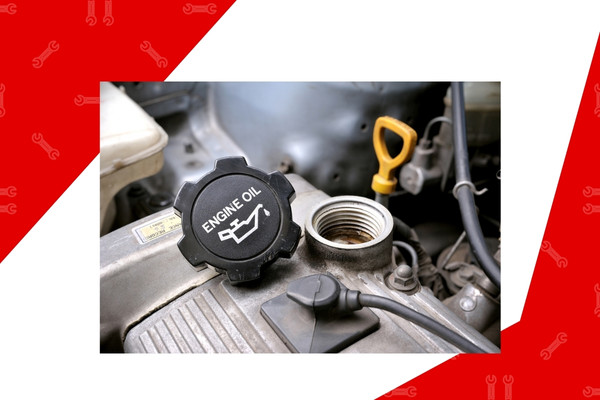
Mechanics are human, and humans make mistakes. Here are some ideas on things I check before leaving the shop after an oil change.
- Check The Oil Cap. A missing oil cap means that the car will spray oil all over the inside of the engine compartment until the car runs out of oil and the engine seizes. It is pretty easy to check the engine oil cap; I open the hood and visually ensure it is there.
- Check the Oil Level. You need a paper towel for this. I normally grab one from the bathroom when I get there, so I’ll have it on me when I leave. With the engine off, pull out the engine oil dipstick and wipe it off. Then, slide it back in all of the way, and then pull it back out. Make sure you have the correct amount of oil, and talk to one of the shop technicians if you think it is low.
- Check for puddles. In extremely rare cases of forgetting to put an oil plug back in, the car will be leaking oil from the bottom of the car. I like to start the car and check underneath quickly to ensure nothing leaks.
Listen, you might look a little weird checking out your car after an oil change. But when you figure that mistakes are very difficult to prove and may cost you thousands of dollars, it makes sense to perform a quick check to protect your engine.
4 Reasons Why Your Car Won’t Start After an Oil Change
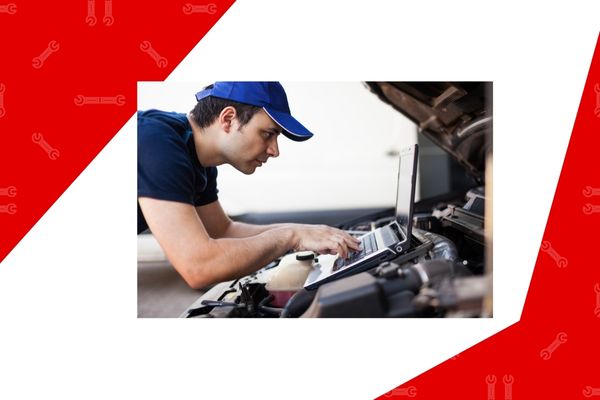
Certain underlying factors may prevent your car from starting. Here are the top reasons:
1. Battery Issues
If your car doesn’t start and doesn’t even crank, your top suspect is a dead battery. When the battery is not properly charged, it will not start. This can happen when the car light is left on during the oil change (such as a door being left open). A dead battery is equivalent to a dead car.
2. Starter Issues
Starter issues are one of the annoying reasons why your car is not coming on. I’ve seen it where a starter is on the verge of dying, and the jarring motion of the shop car lifts is enough to finish it off. A bad starter will prevent your car from cranking. Failure to crank or poor cranking equals no movement. If the battery is good and your car still won’t start, check out our article on where to hit your starter to get it going.
3. Damaged Sensor
This would be rare, but if something electrical was unscrewed and not screwed back in, it could cause the car to not start. This goes for both electrical sensors and also for vacuum hoses. Check the car for loose or damaged wiring and hoses.
During an oil change, loose sensors may occur when the mechanic accesses an oil sump drain bung or an oil filter element. Going for an engine diagnostic is imperative to check the engine light. This will give you a strong clue on what sensor might be interfering with your car’s starting ability.
4. Bad Fuel Pump
I experienced this one personally. We drove our Ford Explorer home from an oil change, and after it had sat in the driveway for an hour, it refused to start. The engine had plenty of oil, and the car would turn over; it just wouldn’t start.
I diagnosed the bad fuel pump by having the wife turn it on while I went to the back and listened. The fuel pump should turn on before the car starts to prime the fuel rail. It was clear that the fuel pump wasn’t coming on. We replaced the fuel pump, and it worked fine. The only thing I can figure out is that the fuel pump was about to die, and when the car got jostled at the car shop, it killed the fuel pump.
6 Oil Change Mistakes That Could Be Bad For Your Car, But Shouldn’t Keep It From Starting
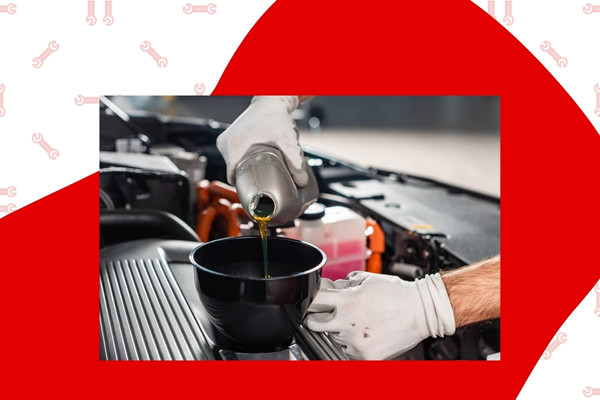
In reading through other blogs, I found some fascinating ideas on why a car wouldn’t start after an oil change. Generally, these things are bad for the engine and can cause engine damage, but they will not stop a car from starting.
1. The Wrong Engine Oil
Every car has a specific engine oil that should be used as specified in the owner’s manual. That is one reason why I always have my oil changed at the dealer for that brand of car. It is of utmost importance to use the specified motor oil for your car. Most modern cars use synthetic oil.
Using the wrong engine oil or old oil can lead to wear and potential damage to the engine. It can reduce lubrication, and hence, it limits the effectiveness of the engine. While this won’t immediately create a no-start issue, it can cause engine damage if the wrong oil is consistently used.
2. Not Enough Oil
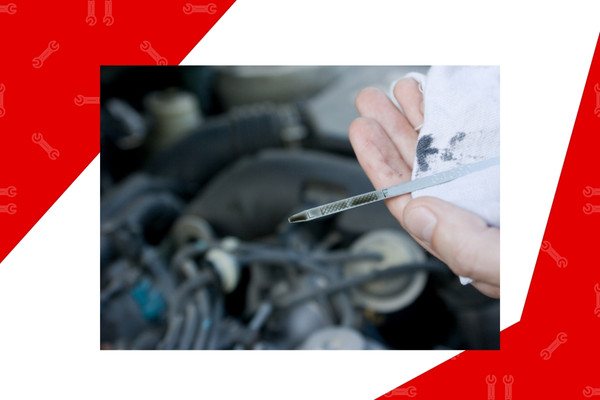
During an oil change, sufficient oil must be added. Failure to add enough oil will result in low oil pressure. It can be identified via the use of dipsticks.
The oil pressure sensor also detects the malfunction, and as a defense mechanism, the oil pressure sensor will shut down the engine. Hence, the inability of the car to start.
However, I have only run into a handful of cars where a low oil signal on the sensor will stop the car from starting. Most cars will, unfortunately, still run with low oil until the engine seizes.
3. Too Much Oil & High Oil Pressure
Too much oil can be an issue as it creates too much pressure on the internal components of the engine and the engine seals. However, it is not as terrible as having too little oil. The ideal oil pressure is between 25-65 PSI. Above 65 PSI signals that there is too much oil.
Excess oil can cause foaming, which decreases the lubrication capabilities of the oil. Excess oil can also cause leaking onto the shafts, even causing low oil pressure if the seal leak becomes bad enough. Insufficient oil pressure.
You can gauge your oil level by pulling out the dipstick and checking that the engine oil levels were topped off properly.
Despite the damage that this can cause, too much oil should not create a no-start condition.
4. Clogged Oil Filter
A clogged oil filter is one of the many reasons why your car won’t start. There are different kinds of oil filters for specific vehicles. Most of these filter varieties have to do with the filter size, the thread type, and the number of filters inside.
A worn oil filter or low-quality oil filter is disastrous for your engine. It does not filter effectively, and as a result, it may retain contaminants inside the vehicle. On high-mileage engines that have not received regular oil changes, this can allow sludge to move around the engine.
A blocked oil filter is caused by the constant input of unfiltered oil. It can interrupt the proper flow of oil through the car and increase engine heat. The best bet is to use modern synthetic engine oils for the most modern engines. With synthetic engine oils, you can wait to change the oil until the 10,000-mile mark.
I personally let my car go past the 6,000-mile mark without an oil change.
6. Damaged Oil Filler Cap
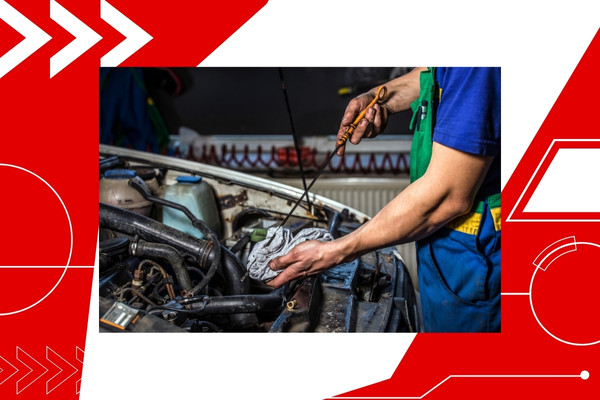
The importance of quality plastic oil filler caps cannot be downplayed. It creates a tight seal that helps maintain oil pressure. It also prevents oil from spraying all over the inside of the engine compartment and on the ignition coils.
Damaged oil filter caps and leaking oil dipstick seal should be replaced immediately. However, even with a leaking filler cap, the car will still run. It will make a mess, but it will run.
7. Damaged Oil Pump
The oil pump of your car creates the vital oil pressure needed for the proper operation of the engine. If the oil pump fails, the engine fails. It is extremely rare that an oil change will cause the oil pump to stop working.
However, if you get a low oil alert on your dashboard, then you need to turn the engine off immediately. It might be that there is an oil pump issue.
What to Do Next:
- When your car refuses to come on, here are some quick actions steps to take.
Check the Battery
- You can try jump-starting your car or get the battery checked at a local auto parts store to see if it works properly.
Check the Fuel Pump
- Turn on the key, and you should hear a distinct fuel pump whine. If the fuel pump doesn’t come on, then it is likely that it needs replacement.
Check for Engine Error Codes
- Various mechanical issues can create engine misfire codes. If you have an OBDII scanner, you can check the engine codes. You can also take your car to an auto parts store such as O’Reilly’s to run the codes for free.
Check the Oil Level and Pressure
- Using a dipstick to confirm the oil level and pressure is better. It is an easy on-the-spot action. An oil level sensor is also applicable.
Check for Leaks and Damage
- It is imperative to check for leaking oil and water. You can check the radiator for milky color radiator fluid to be sure the head gasket is not damaged. Any check should be done on the combustion chambers.
Check the Hoses and Wiring
- Check and double-check all the hoses, such as coolant hoses and vacuum hoses. You can also check the wiring leading to the fuel pump. Due diligence should be taken.
Conclusion
It is also vital to double-check after your car has had the oil changed to protect it from simple mistakes.
Aside from the occasional horror story, it is unlikely that your car is going to be damaged enough during an oil change to prevent it from starting. It is most likely that there was a component that was about to fail, and the oil change was simply a coincidence. Changing your oil carefully and professionally help improve the smooth operation, functioning, and efficiency of your car.
 Skip to content
Skip to content

